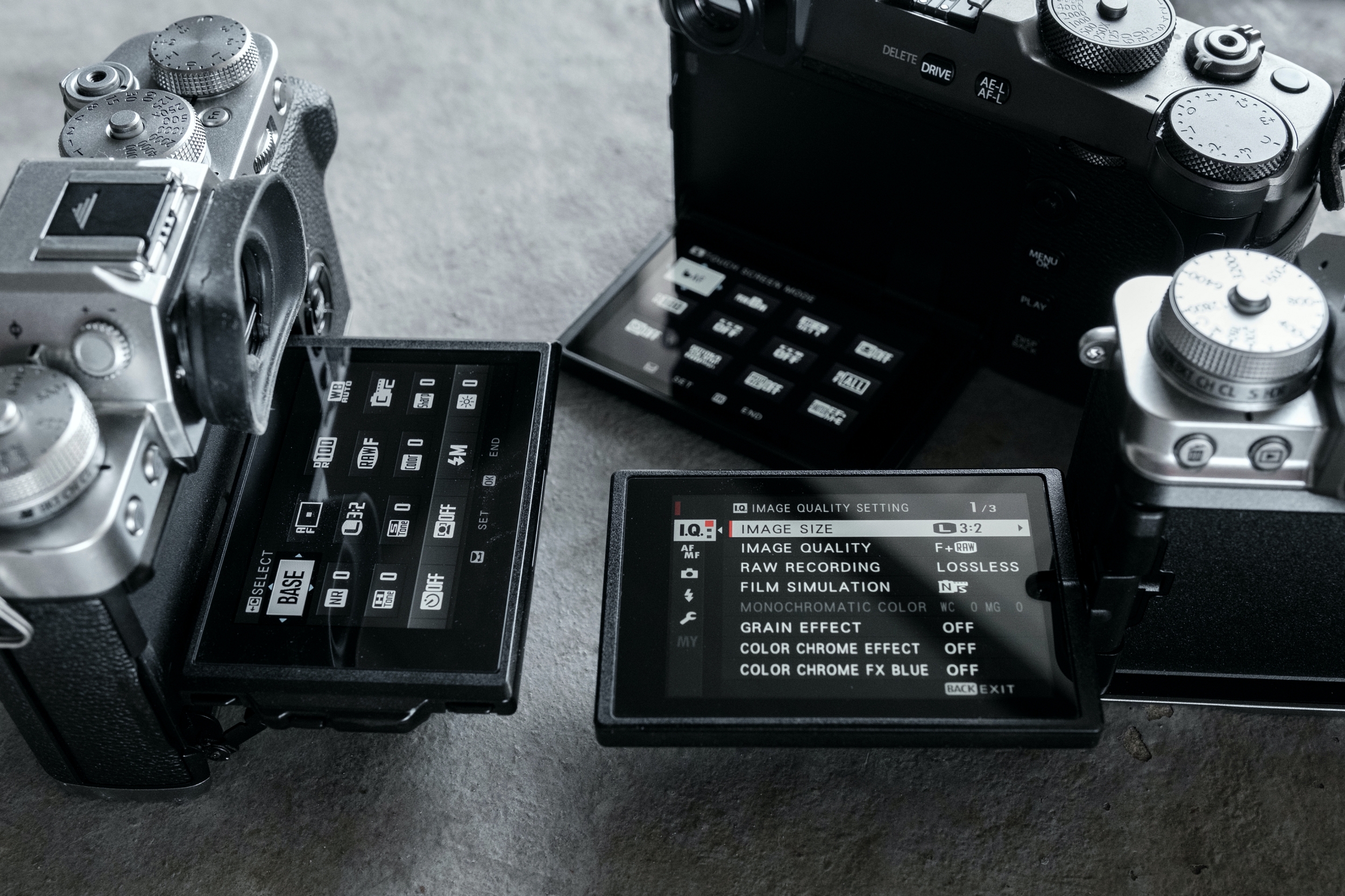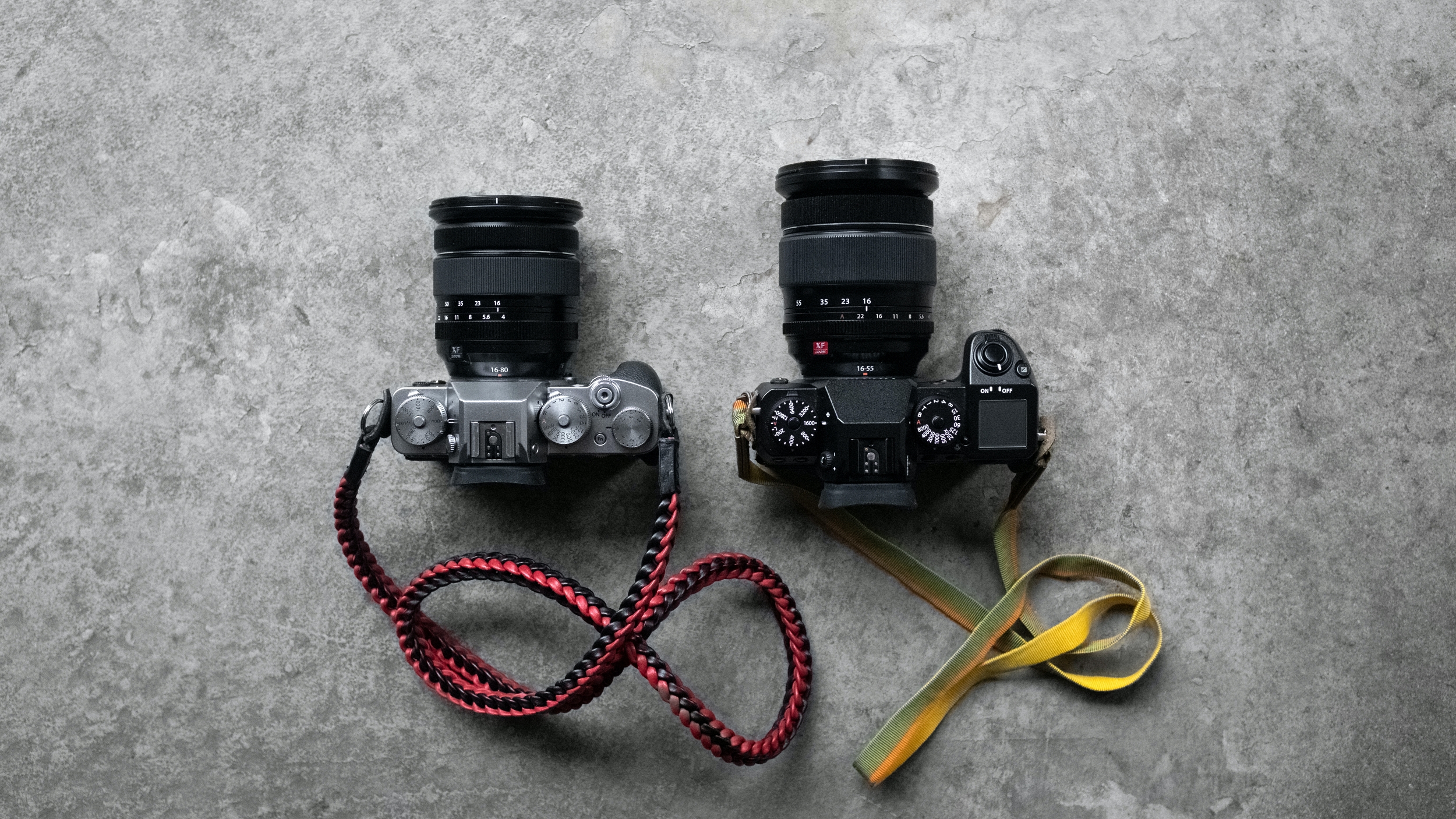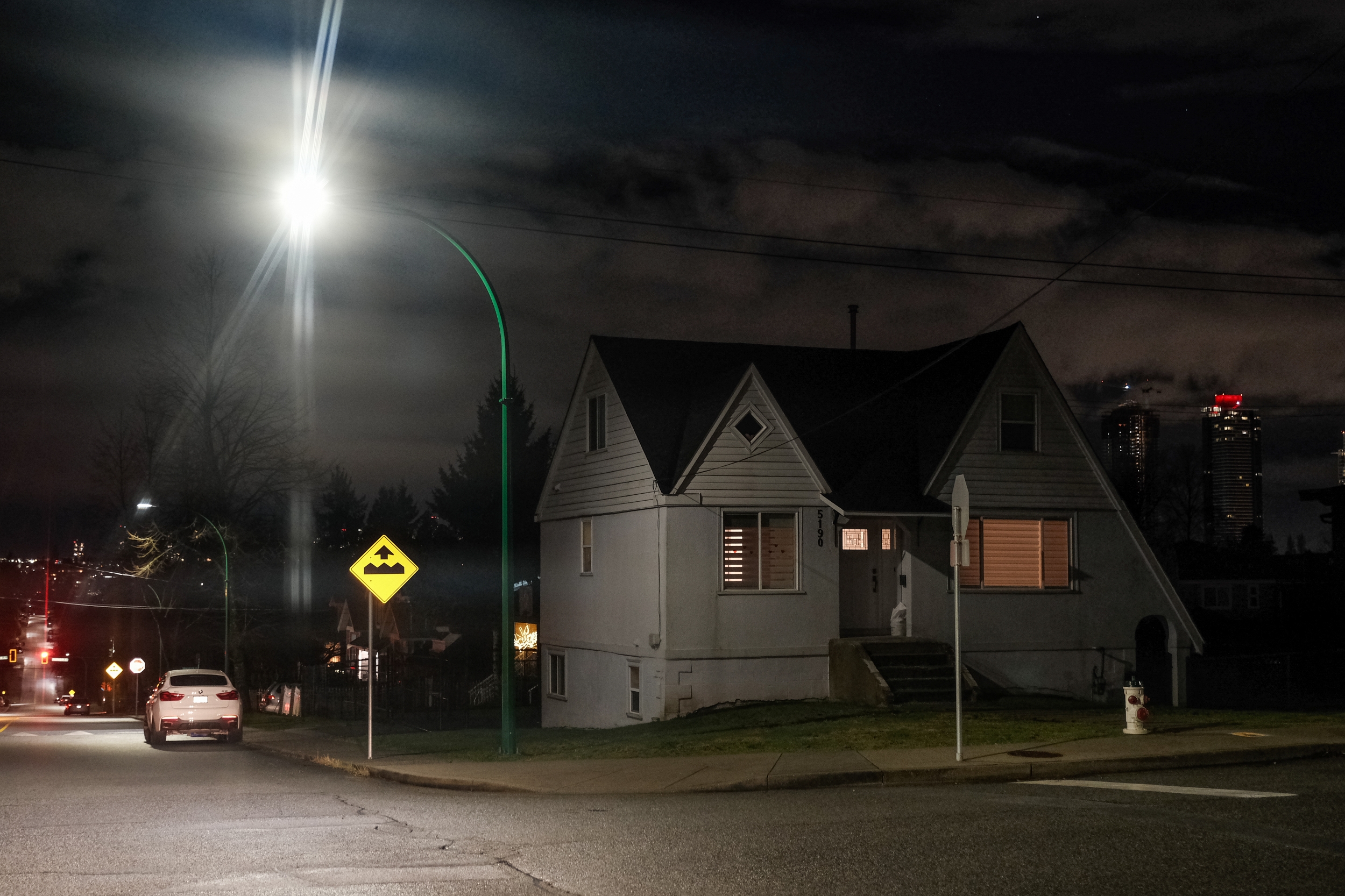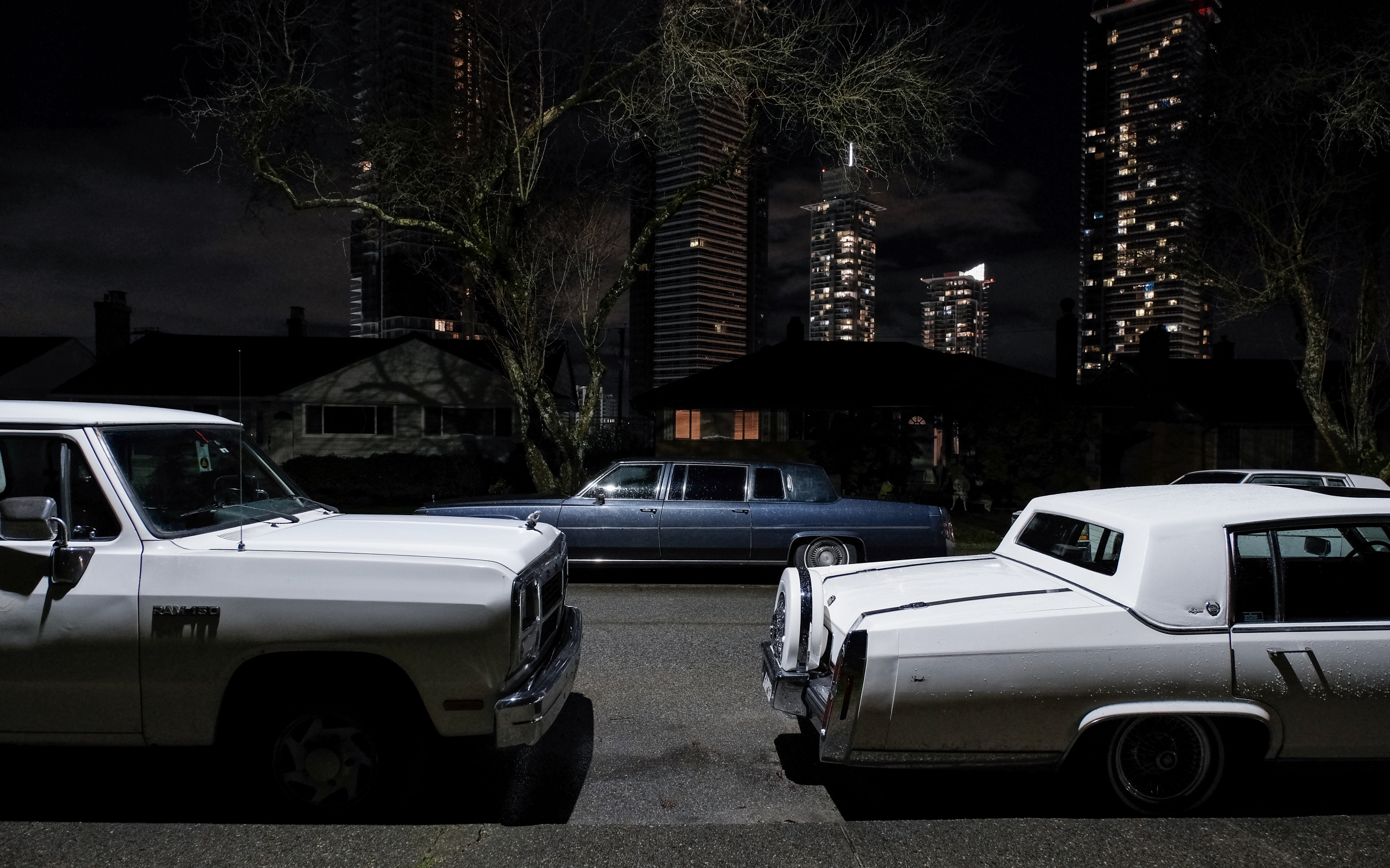As I prepare this article I’m anxiously awaiting the arrival of my pre-ordered Fujifilm X-T4. Yes it’s always exciting to ‘upgrade’ to the latest and greatest, but I’ve been waiting for over 2 years to finally replace my X-H1 as my daily workhorse. What’s wrong with the X-H1? Absolutely nothing. It has everything I want in a hybrid camera for both stills and video, and then some. The only thing it’s missing is the amazing quad-core processing power of the X-Processor 4 that is currently in the X-T3, X-T30, X-Pro3, GFX 100, X100V and the X-T4. If Fujifilm had delayed releasing the X-H1 a few months, they could have easily installed the X-Processor 4 into their first IBIS equipped ILC body. Instead, the processor first went into the X-T3 just a few months after the release of the X-H1, and the rest is history.
When the X-T3 was launched in the fall of 2018, it took the market by storm. It was arguably the best hybrid stills and video ILC on the market, no matter the sensor size. It had the best balance of performance, features, size and price; and many Panasonic GH and Sony A7 series hybrid shooters converted over, as well as Canon and Nikon DSLR users. If the X-T3 had any deficiency, it was the omission of IBIS and lack-lustre battery performance. Although I wanted to upgrade to the X-T3 at the time, since I had just acquired the X-H1 a few months prior, I decided not to upgrade. I would wait for either an upgraded X-T3 with IBIS, or an upgraded X-H1 with the new X-Processor 4, whichever came first.

September 2018. Reviewing the Fujifilm X-T3 + XF 35mm f/2 R WR with my wife at Iona Beach Regional Park. I was in love with the speed and accuracy of the autofocus over the X-H1. I decided not to upgrade since most of my photography was still images like this
When the X-T4 was announced in February 2020, I decided it was time to upgrade even though it wasn’t exactly what I wanted. What I was looking for was an X-H1 replacement, but it looks like the X-H2 won’t happen until early 2021. However the X-T4 does fulfill all the requirements I currently need for both my photo and video projects, so it’s the most ‘practical’ camera to upgrade to. Even though this upgrade makes sense for my photography and videography ecosystem, does it make sense for you? Let’s find out.

The different type of articulating screens for the top 3 Fujifilm X Series cameras: X-T3, X-Pro3, X-T4. Which type is best for you?
Perhaps you currently own the X-T3 and the X-H1. Should you sell the X-H1 and upgrade to the X-T4 as your main IBIS equipped camera? This upgrade makes sense since you will have two cameras that are very similar (same sensor and processor). However, remember the firmware is still very different, although rumours are that Fujifilm will upgrade the X-T3 firmware similar to the X-T4 in the near future. Another consideration is the new battery in the X-T4. It’s a huge improvement over the previous NP-W126S battery, but the new NP-W235 will need a separate external charger and the two battery types are not interchangeable. My guess is the more power-hungry X-Series cameras will all switch over to the higher capacity NP-W235 moving forward; while the smaller X-Series cameras will continue with the older NP-W126S battery (X-Pro series, X100 series, X-T40, X-E4, etc.). For now, if you decide to shoot with the X-T3 and X-T4, your batteries and firmware won’t match up. That’s not a bad trade-off for two very capable camera bodies.

The X-T3 + XF 16-80mm f/4 R OIS WR. The X-H1 + XF 16-55mm f/2.8 R WR. Both kits are stabilized and great for both video and stills.
Another scenario is that you currently have the X-T3 but can only afford to keep one body. Does an upgrade to the X-T4 make sense? This will depend how much you need stabilization for your photography. If you currently have X-Series lenses with OIS and you are happy with how it performs on your X-T3, I recommend you keep your current set-up and wait for the firmware update to give you the similar performance and feature upgrades found in the X-T4. Some may feel the fully articulating screen on the X-T4 is worth the upgrade, but I personally don’t like it, and perhaps you might not as well. I recommend renting the X-T4 or test it at your local camera shop to see if you prefer this flip-out-and-spin style articulating screen. In many cases this takes more time to set-up, especially for stills. For video there is the advantage of facing the screen forward to monitor yourself, but unless you’re vlogging, the screen is far too small to use as a proper external monitor.

Shooting my X-T4 review video with videographer Chris Giannakos with his main camera the X-H1 + XF 16-55mm f/2.8 R WR. Captured with the X-T4 + XF 35mm f/2 R WR. 1/40th sec f/2 @ ISO 640. SOOC JPEG

Another image with videographer Chris Giannakos with his main camera the X-H1 + XF 10-24mm f/4 R OIS in Chinatown Vancouver. Captured with the X-T4 + XF 35mm f/2 R WR. 1/60th sec f/2 @ ISO 1600. SOOC JPEG
If you currently own the X-H1 and are wondering if there is a huge performance upgrade to the X-T4 when it comes to video capabilities, the answer is yes. Not only do you have more powerful video options (4K 60fps 4:2:0 10bit internal with H.265/HEVC @ 200Mbps), but you have improved autofocus, increased recording times, quicker switching between stills and video with a physical dial to switch, as well as a separate menu system. The new X-T4 is a performance powerhouse, including the all new battery with 75% more capacity and a more efficient processor and IBIS unit. Even the battery grip makes more sense when it comes to charging, using the single in-body USB-C connector to charge all 3 batteries; unlike the X-H1 that needs a separate charger for both the body and the battery grip. The only major advantage the X-H1 has over the X-T4 is the quieter shutter mechanism, the feather-touch shutter button, and the top panel sub LCD screen for extra information. Some X-H1 users may prefer it’s button style exposure compensation, but most will be glad to use the X-T4’s more traditional exposure compensation dial. Overall the upgrade from the X-H1 to the X-T4 makes sense for videographers.

The Fujifilm X-H1 is still a competent workhorse camera for many photographers and videographers, myself included
However for stills photographers, the upgrade from the X-H1 to the X-T4 might not be as drastic. If you are currently happy with the performance of the X-H1 for your stills photography, the upgrade to the X-T4 might not be as critical. In terms of IQ, there’s almost no discernible improvement from your current 24.3MP to the new 26.1MP sensor. I would even argue that the base ISO 800 of the older sensor performs slightly better than the new base ISO 640 on the newer sensor for low-light or long exposure photography (except for the new HDR or multiple exposure feature). Yes there’s a big improvement in autofocus speed and accuracy, but if you’re photography is mostly still objects with very little movement, the X-H1’s autofocus is very competent. However, the X-H1 is missing many of the new firmware features (Color Chrome Effect, built in focus limiter, HDR, new film simulations) but is it worth spending more money for these features? If you really enjoy the ergonomics of your X-H1, it’s probably worth waiting for the X-H2, or wait for a firmware update on the X-T3 and pick one up cheap as a second body.

X-Pro3, X-T4, X-T3. All three have the same sensor and processor, but each are unique in their own way. Which one would you choose?
For myself, I currently own the X-H1 and the X-Pro3 as my main ILC bodies. Between these two cameras, I can do pretty much everything I need for now. When I need fast and accurate video autofocus, I use my X-Pro3, even though it’s not really designed to be a video camera. The X-Pro3 is also great when I want to shoot light and compact, especially when travelling. However, when I need IBIS for night photography or when I’m using adapted lenses, I switch over to the X-H1. The feather-touch shutter is very sensitive and allows me to shoot quickly and quietly, perfect for discrete street photography or for product photography. The big grip is nice when using larger lenses, and feels great in the hand for all day shooting. The one thing that’s missing in this X-H1 + X-Pro3 combo is fast and accurate autofocus with IBIS when shooting video. This is the only reason why I’m upgrading my X-H1 to the X-T4. As a video creator there are times when I need quick and accurate autofocus while recording video. As much as I love the X-H1, it’s unable to focus quickly or accurately while on a gimbal, for top-down videos, talking head, or BROLL. My X-Pro3 can do it, but as I mentioned, it’s not designed for video work. It has no HDMI out for monitoring, the articulating screen is useless on a tripod (it won’t open flat with most of my tripod plates), and uses a non-standard 2.5mm mic input. Although both the X-H1 and the X-Pro3 are great cameras in specific situations, neither can do what the X-T4 can do in both video and stills.
Moreover, this is the main reason why I’ve pre-ordered the new X-T4. I know I don’t need to justify my upgrade to you, but I thought I would share my reasoning just in case you were also considering an upgrade. However just because I’m upgrading, it doesn’t mean you should too. If you’re currently happy with what you have, please don’t upgrade. Keep using what you have until your camera can no longer create what you need for your photography and/or videography. Upgrading for the sake of upgrading is a waste of time as well as money. There’s always going to be a new camera that can replace what you’re currently shooting. For myself, I skipped the X-T3 and waited two years for my next upgrade. Also consider when a new camera is released, many current cameras show up on the used market. Take advantage of good deals on the X-H1 and X-T3 since both are still very solid cameras.
Although the X-T4 is replacing my X-H1 as my main hybrid camera, I’m not getting rid of it. The very capable X-H1 will continue to be part of my ecosystem as my main studio camera for product photography, fixed-focus talking head videography, and as a webcam for conference calls. Stay tuned for my in-depth review of the X-T4 in the coming months. Until then, thanks for reading and happy shooting!

X-T4 + XF 16-55mm f/2.8 @ 28mm. 1/6th sec f/2.8 @ ISO 1600 SOOC JPEG. Captured from inside my vehicle























